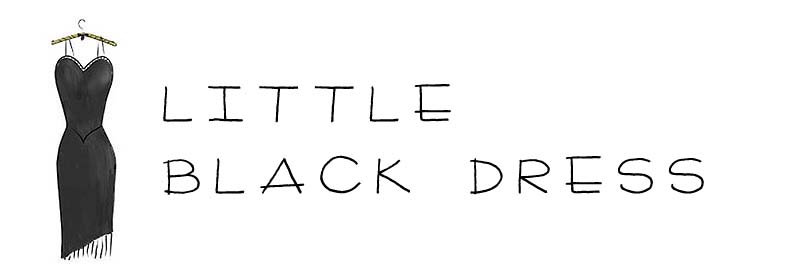 The other night I went to a party in the Lower East Side. I didn't feel like dressing up so I was happy to attend the chill house party. It was a little cold so I decided to wear my trusty bright pink keffiyeh scarf that you certainly have seen all over the city the past couple of years. It has definitely become over-exposed. I wear them and other scarfs not to make any fashion or political statement (more on the political statement of the keffiyeh later) but rather I wear them in order to bring some color to my pale olive complexion.
The other night I went to a party in the Lower East Side. I didn't feel like dressing up so I was happy to attend the chill house party. It was a little cold so I decided to wear my trusty bright pink keffiyeh scarf that you certainly have seen all over the city the past couple of years. It has definitely become over-exposed. I wear them and other scarfs not to make any fashion or political statement (more on the political statement of the keffiyeh later) but rather I wear them in order to bring some color to my pale olive complexion.I walk into the party and I am one of four people wearing the same accessory. I shrug off the fashion faux pas and begin to mingle. Not surprisingly, since most of the guests attended a liberal arts university in New York City and consumed lots of alcoholic beverages throughout the evening, people began to discuss the crisis between Palestine and Israel. Honestly I wasn't in the mood to discuss politics as I sipped on my spiked apple cider.
I do not want to make light of a very serious topic however, the debate reminded me of the political discourse surrounding the keffiyeh. It is interesting to see how even fashion can carry a political stance. Traditionally the keffiyeh is a headdress for Arab men. It is used to protect the skin from the harsh heat, cold, and sand of arid climates. Because of the escalating conflict between Israel and Palestine, the keffiyeh became a symbol of Palestinian solidarity. Figures such as Yassar Arafat, who would have been hard to recognize without his trademark headscarf, contributed to such sentiments. People with the desire to make a political statement only had to wear the small piece of fabric around their neck. However what people forget is that the keffiyeh has been worn by lots of different cultures. The reason the scarf is so easily appropriated is because of it's practicality. Keffiyeh's have been sold in Jerusalem for many years. British, US, and Australian troops have used the keffiyeh during times of war. The use of keffiyehs (shemaghs) by the British military dates as far back as World War II. Therefore if this scarf has been worn by Palestinians, Israelis, Hipsters, celebrities, US troops, Europeans, and Canadians, then isn't it just an accessory after all?
The scarf is no stranger to fashion and is certainly not a 'new' trend. It first became popular in the US during the 80s, worn by bohemian women around their necks. The emergence of the scarf as 'trendy' came in mid 2000 in big cities of the US, Canada, and Australia. The trend exploded after NYC hipsters and celebrities sported the keffiyeh every chance they got.
To give an idea of how substantial the fashion and political statement became, there were a few controversies regarding the keffiyeh. Last year there was one regarding the scarf and the high-pitched TV host Rachel Ray. Yes that is correct, the daytime talk show host sparked the controversy in a Dunkin Donuts advertisement where she was wearing the scarf. The chain decided to pull the ads after some concerns brought about by right-wing bloggers. They complained that the campaign was insensitive. Even Urban Outfitters pulled the scarves from their shelves when the controversy ensued. Although that certainly didn't stop anyone from buying them. Most scarves can be bought for $5 with any NYC street vendor.
As for me, I do not associate the scarf with any political side, however I do realize that we need to take responsibility for the image we portray. After all I hate when people wear Che Guevara shirts when they do not understand the story and the symbol he represents. For now I may stop wearing the controversial scarf for the simple reason that everyone else is wearing them.




No comments:
Post a Comment